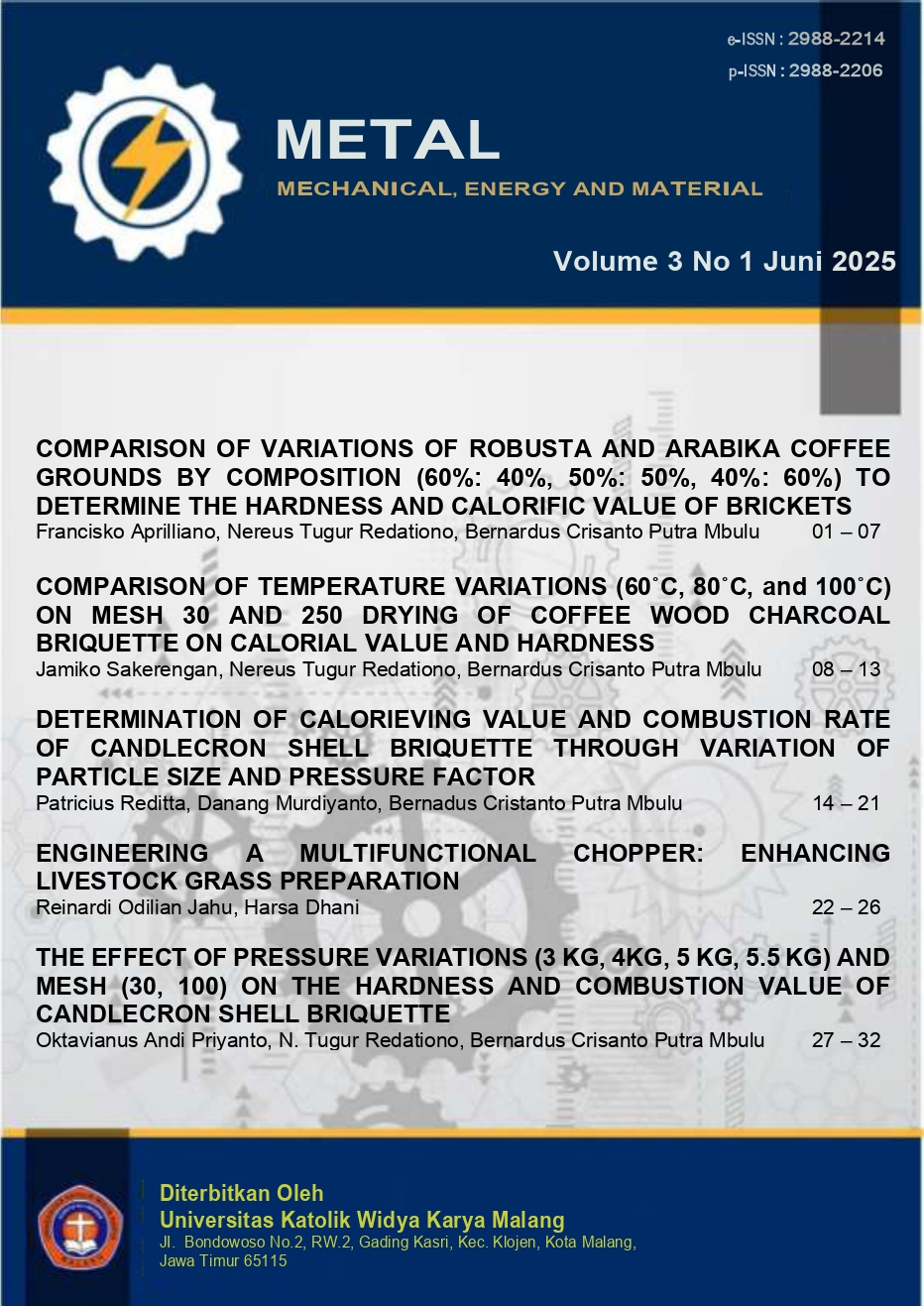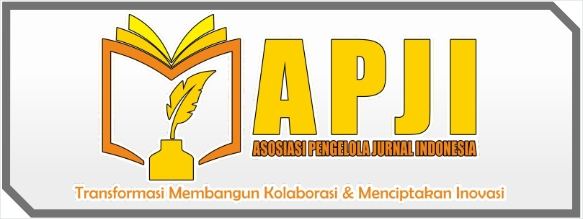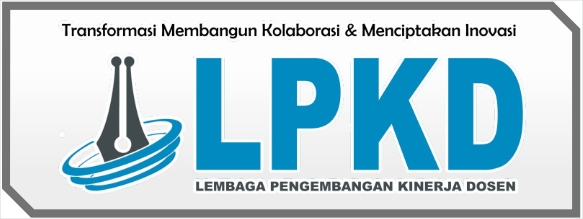COMPARISON OF TEMPERATURE VARIATIONS (60˚C, 80˚C, and 100˚C) ON MESH 30 AND 250 DRYING OF COFFEE WOOD CHARCOAL BRIQUETTE ON CALORIAL VALUE AND HARDNESS
Keywords:
Coffee Wood, Briquettes, Mesh, Drying Temperature, Calorific Value, HardnessAbstract
The selection of coffee wood in this study is based on the fact that coffee wood is waste and has not been utilized optimally and the availability of coffee wood is large and easy to obtain in the East Java region. Coffee wood is a type of wood that is not in demand by many people because this wood is relatively small and not straight. To reduce waste, researchers made briquettes made from coffee wood using mesh 30 and 250 with variations in drying temperatures (60 °C, 80 ° C and 100 ° C). After that was carried out Calorimeter Bomb Testing, and hardness. The highest calorific value resulting from temperature variations of 60°C, 80°C, and 100°C mesh 30 and 250 drying coffee wood briquettes is mesh 30 temperature 100°C of 6972.23 cal/g, and mesh 250 temperature 100°C of 6763.19 cal/g. The effect of the ratio of temperature variations (60°C, 80°C and 100°C) mesh 30 and 250 Drying coffee wood briquettes is: Grain and adhesive size. The smaller the grain size on the briquettes, namely mesh 250, it produces a high hardness value of 60 °C of 26.6 HA, a temperature of 80 °C of 27.7 HA, and a temperature of 100 ° C of 27.4 HA, the larger the grain size in the briquette, namely mesh 30, the low hardness value of 60 ° C of 25.6 HA, temperature of 80 ° C of 26.4 HA, and a temperature of 100°C of 26.2 HA. The effect of the adhesive is that when drying the oven for 3 hours with temperature variations (60 ° C, 80 ° C and 100 ° C) makes the adhesive react so that the adhesive evaporates and coagulates which causes the hardness value to rise and fall.
References
L. Parinduri and T. Parinduri, “Konversi Biomassa Sebagai Sumber Energi Terbarukan,” J. Electr. Technol., vol. 5, no. 2, pp. 88–92, 2020, [Online]. Available: https://www.dosenpendidikan.
N. Kusumaningrum, T. Ernawati, N. Fariz, A. B. Junianto, and B. J. Anshory, “Pemanfaatan Limbah Kayu dalam Perancangan Kursi Makan pada Perumahan Kota Podomoro Tenjo,” Ars J. Seni Rupa dan Desain, vol. 25, no. 1, pp. 59–70, 2022, doi: 10.24821/ars.v25i1.6730.
B. Mardwianta, A. H. Subarjo, D. H. Setiabudi, and M. Husaini, “Pengolahan bioarang sebagai pengganti biogas untuk mendukung proses roasting pengolahan kopi arabica dan ketahanan energi,” Angkasa J. Ilm. Bid. Teknol., vol. 13, no. 2, pp. 143–152, 2021, doi: 10.28989/angkasa.v13i2.1091.
U. Kalsum, “Pembuatan Briket Arang Dari Campuran Limbah,” Distilasi, vol. 1, no. 1, pp. 42–50, 2016, [Online]. Available: file:///C:/Users/Asus/Documents/FATHAN/PERPUSTAKAAN WINDOWS/Journal Pemanfaatan Pohon Aren/PEMBUATAN BRIKET ARANG DARI CAMPURAN LIMBAH.pdf
Badan Standarisasi Nasional, “Standar Nasional Indonesia SNI 01-6235-2000 Briket arang kayu,” Standar Nas. Indones. 01-6235-2000, pp. 1–8, 2000.
Z. Arifin and W. Nuriana, “Pengaruh Perekat Pembuataan Briket Limbah kayu Sengon Terhadap Kerapatan, Kadar Air dan Nilai Kalor,” Semin. Nas. Sains dan Teknol. Terap., pp. 555–560, 2018.
K. Ridhuan and J. Suranto, “Perbandingan Pembakaran Pirolisis Dan Karbonisasi Pada Biomassa Kulit Durian Terhadap Nilai Kalori,” Turbo J. Progr. Stud. Tek. Mesin, vol. 5, no. 1, pp. 50–56, 2017, doi: 10.24127/trb.v5i1.119.
M. A. Almu, S. Syahrul, and Y. A. Padang, “ANALISA NILAI KALOR DAN LAJU PEMBAKARAN PADA BRIKET CAMPURAN BIJI NYAMPLUNG (Calophyllm Inophyllum) DAN ABU SEKAM PADI,” Din. Tek. Mesin, vol. 4, no. 2, pp. 117–122, 2014, doi: 10.29303/d.v4i2.61.
Jamilah, F. R. Oktavia, and S. W. Nafita, “Pengaruh Material yang Berbeda Terhadap Laju Perpindahan Panas,” J. Penelit. Fis. dan Ter., vol. 3, no. 1, p. 1, 2021, doi: 10.31851/jupiter.v3i1.5979.
C. W. Keenan, Ilmu Kimia Untuk Universitas. Erlangga, 1984.
R. P. Dewi, T. J. Saputra, and S. Widodo, “Karakterisasi briket campuran limbah serbuk gergaji kayu dan limbah tempurung kelapa sebagai sumber energi alternatif,” Senafter, vol. 2, no. 1, pp. 1–5, 2020, [Online]. Available: https://jurnal.untidar.ac.id/index.php/senaster/article/view/3817
Downloads
Published
How to Cite
Issue
Section
License
Copyright (c) 2025 Mechanical, Energy and Material (METAL)

This work is licensed under a Creative Commons Attribution-NonCommercial-ShareAlike 4.0 International License.















